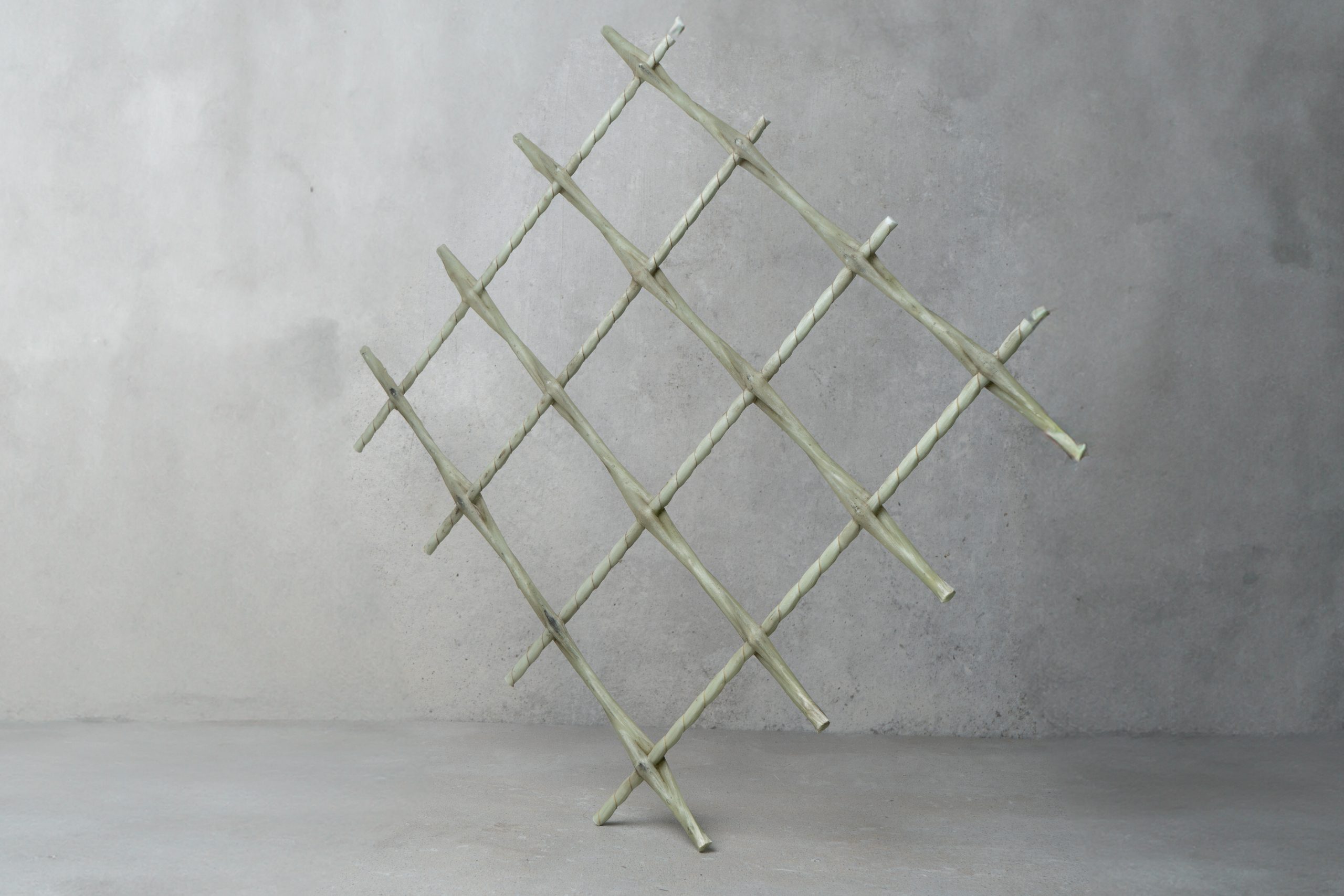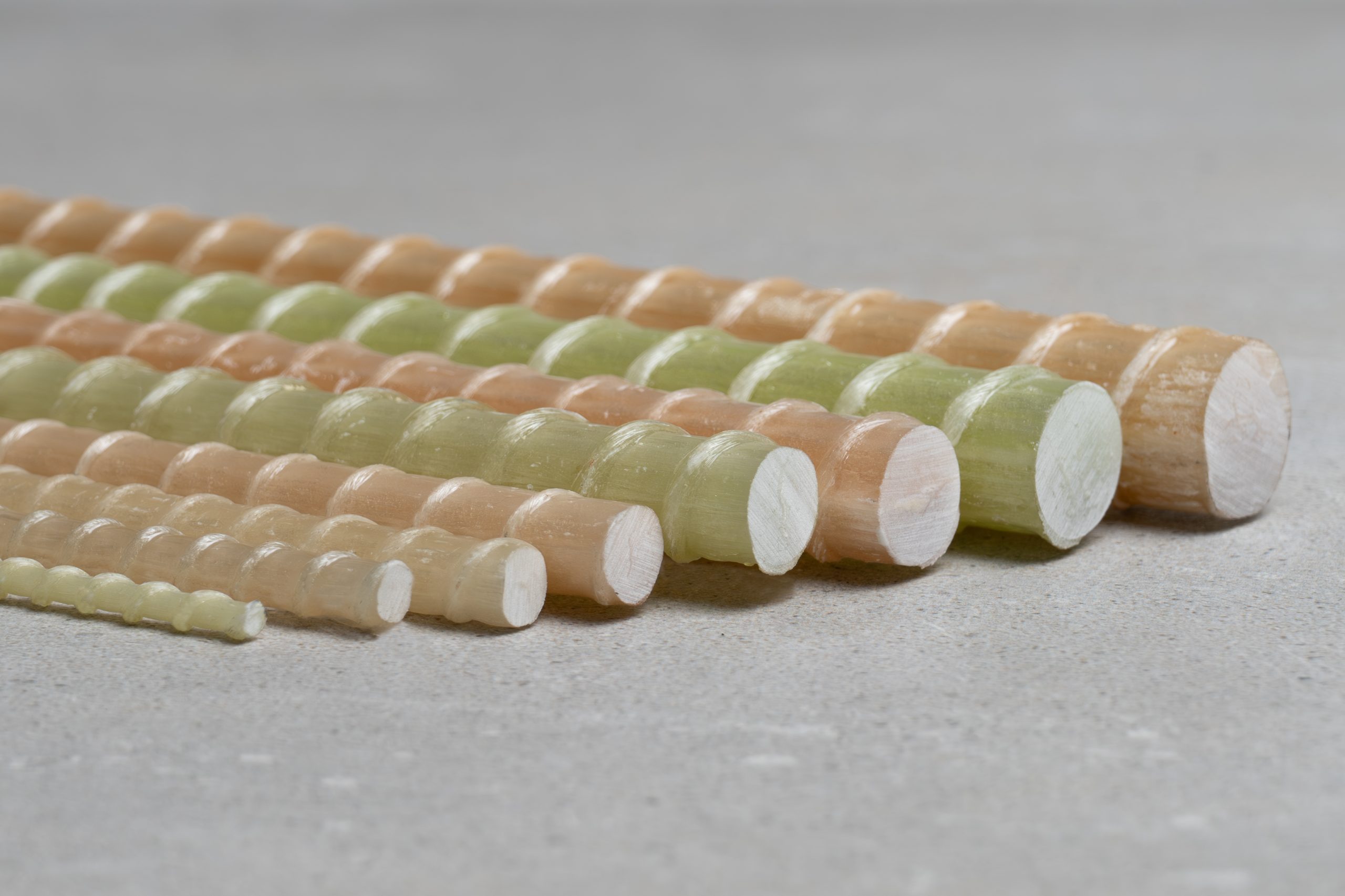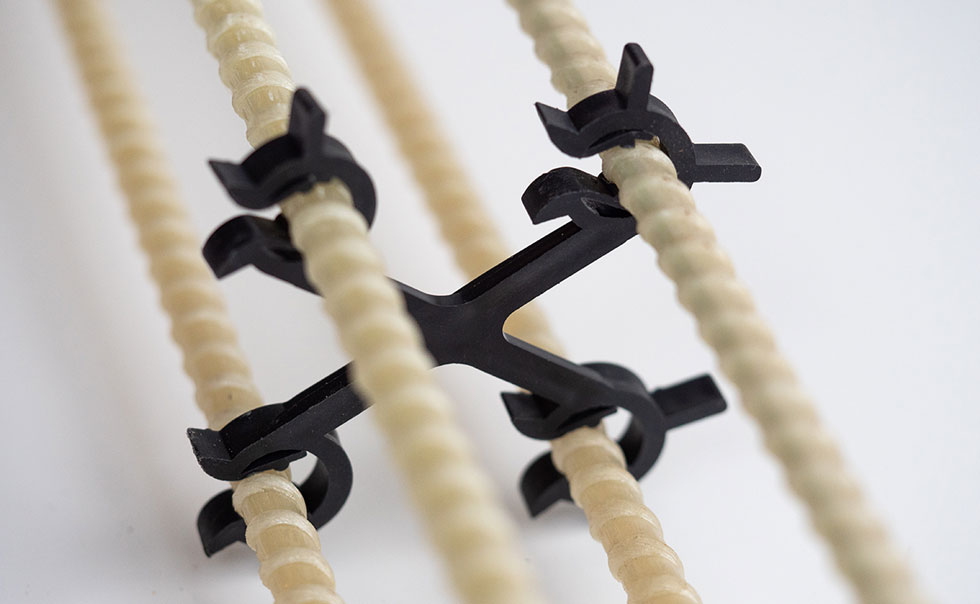Repra Greenfiber-ForceX
The Repra Green Fiber is the environmentally friendly choice for fibers in concrete reinforcement. This natural fiber has an Environmental Product Declaration (EPD), which transparently demonstrates its environmental performance. Additionally, the Repra Green Fiber is included in the official environmental database, meaning it meets the highest standards in sustainability and circularity. This fiber is most comparable to the GF(AR)-ForceX fiber. The Repra Green Fiber is most effective during the plastic phase of concrete and prevents cracking in the initial phase. Furthermore, it helps to better control the water management, functioning in internal curing and significantly preventing dehydration. The fiber also improves the surface layer, reducing wear. Independent research from EMPA (the Swiss Federal Institute for Materials Science and Technology) shows that the Repra Green Fiber, at a lower dosage (600 grams), outperforms standard polypropylene fibers at a dosage of 900 grams. This results in less material use, lower costs, and a smaller ecological footprint. The Repra Green Fiber is available in dissolvable sachets.
Applications of Repra Green Fiber
The Repra Green Fiber is suitable for a variety of applications, such as:
- Industrial floors: Improved wear resistance and reduced cracking.
- Foundations and concrete slabs: Reduction of shrinkage and thermal cracking.
- Roads and bike paths: Sustainable reinforcement with a lower environmental impact (MKI).
- Precast concrete products: Optimal strength and an environmentally friendly choice.
How is Repra Green Fiber applied?
The fibers are easily added to the concrete mix during production at the concrete plant. Thanks to excellent workability and uniform distribution in the mix, Repra Green Fiber provides optimal reinforcement without additional handling. With a dosage of just 600 grams per m³ of concrete mix, this fiber offers an efficient solution.
For comparison:
- Standard polypropylene fibers require a dosage of 900 grams per m³.
Benefits:
- Cost savings: With the low dosage of 600 grams per m³, you use less material, which directly saves costs.
- Better performance: Independent research by EMPA shows that Repra Green Fiber delivers better results at lower dosages compared to standard fibers. This means higher quality and a lower risk of cracking.
- Sustainability and lower environmental impact (MKI): By being included in the environmental database, you can easily demonstrate the lower environmental impact (MKI) in tenders and sustainability reports. This helps you meet the strictest environmental requirements.
- Easy processing: The fibers mix effortlessly into the concrete mix without the need for additional handling or special equipment, making the process more efficient.
- Versatile: Whether it’s floors, roads, or precast applications, Repra Green Fiber offers a universal solution for high-quality and durable concrete reinforcement.
FIRE RESISTANCE
The compressive strength of concrete with Repra Green Fiber is greater than that of concrete without additives when subjected to thermal stresses at a maximum temperature of 400°C.
The mechanism is the PITS theory (Pressure Induced Tangential Space), where steam lifts the expansion of the Repra Green Fiber as it melts, compressing between the fiber and the concrete matrix, and passing along the length of the fiber.
Properties
| Properties | |
|---|---|
| Type | Microfiber |
| Material | Kanton Kenaf |
| Construction | Pelletized |
| Lenght | ca. 10mm |
| Diameter | 0,020 – 0,250mm |
| Color | Brown |
| Shape | Multifilament |
| Bulk density | ≈ 200 kg/m3 |
| Fiber dosage | Ja |
Other products
More information about pre-cut fiberglass reinforcement and dosage for your project?
We’re happy to assist you!









